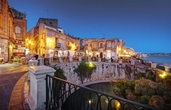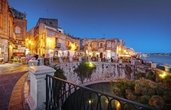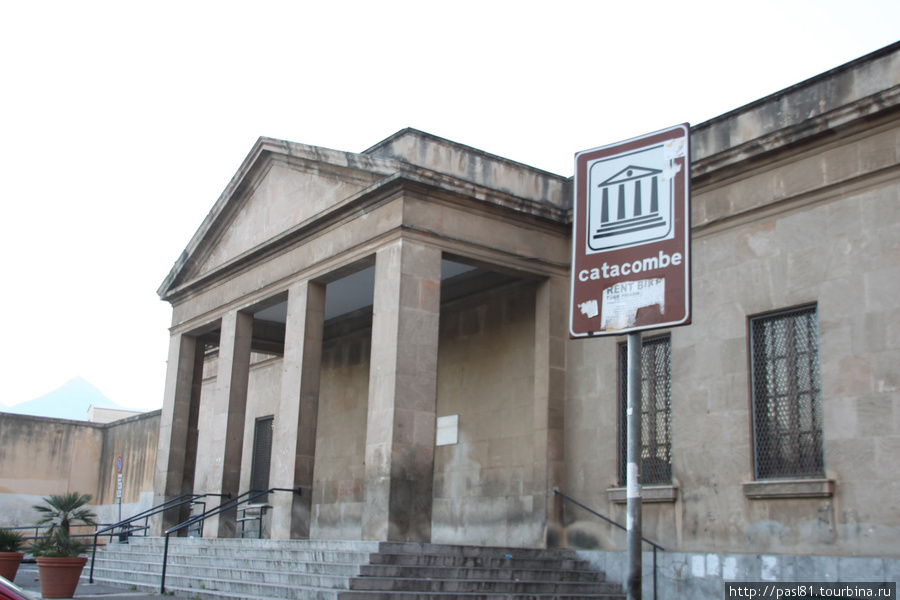- GPS
- Италия,
Isola di Ortigia — cradle of ancient Syracuse (UNESCO #1200)
Этот совет является частью дневника «Объекты Всемирного наследия ЮНЕСКО»
,
.
.
.
.
The history of ancient Syracuse began with the island of Ortigia. It is here that the most interesting sights of the city are located:
 Duomo di Siracusa on the site of the Temple of Athena
Duomo di Siracusa on the site of the Temple of Athena ...the
 Tempio di Apollo (Apollonion), Siracusa (UNESCO # 1200)
Tempio di Apollo (Apollonion), Siracusa (UNESCO # 1200) ... and
 Aretusa - ancient fountain with thickets of papyrus.
Aretusa - ancient fountain with thickets of papyrus.And the island itself is a colorful combination of narrow medieval streets, large spacious squares and a picturesque seashore...
Two bridges connect the island with the rest of the city. having walked along one of them, we walked there almost the whole day.
.
.
.
.
.
.
.
.
.
.
.
.
.
.
.
.
.
.
.
.
.
.
.
.
.
.
.
.
.
.
.
.
.
.
.
.
.
.
.
.
.
.
.
.
.
.
.
- Адрес:
Isola di Ortigia, Syracuse
Дешёвый ✈️ по направлению Сиракуза


























































































































































































































































































